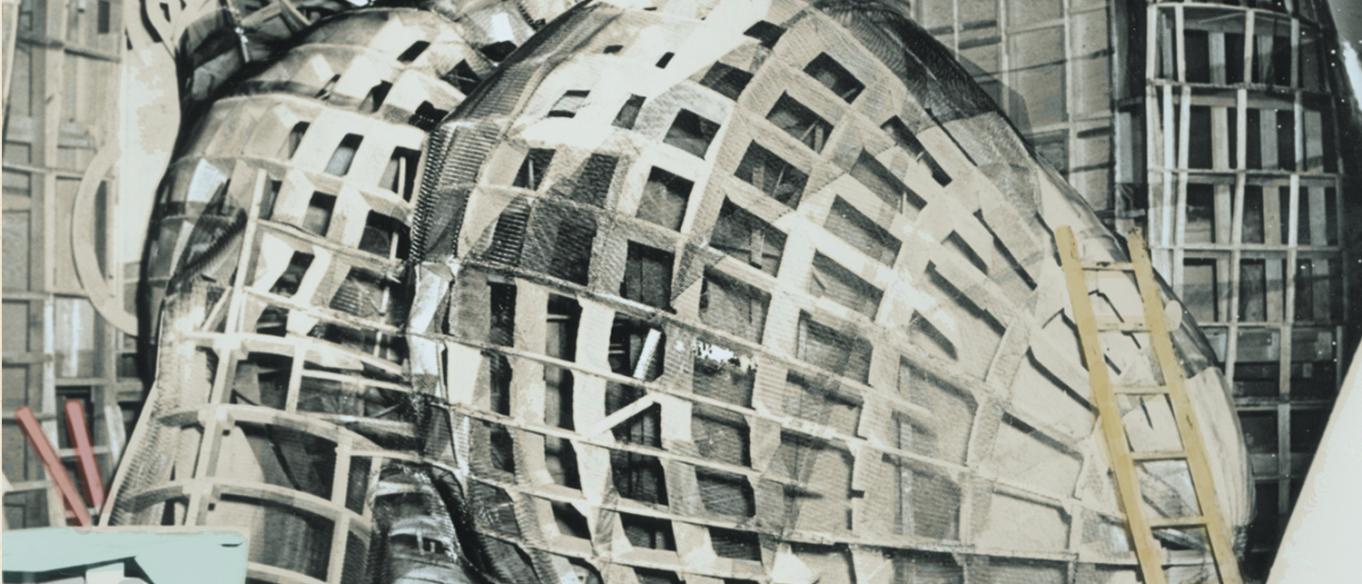
Visiting the Giant Heart at The Franklin Institute is a rite of passage for school children in the Greater Philadelphia area, as well as a “must do” for tourists visiting the city.
That’s why it may be surprising to find out that the Giant Heart was never meant to be a permanent display.
Built in 1953 at a cost of $40,000, the “Engine of Life” exhibit, as it was originally called, was only supposed to be open to the public for six months.
But the public had other ideas.
After the exhibit opened on January 29, 1954, visitors flocked to The Franklin Institute for a chance to walk through the four-ton, papier-mâche structure.
Due to its immense popularity, The Franklin Institute made the exhibit a permanent attraction.
Whose Idea Was It?
So who was the brains behind the heart of the City of Brotherly Love?
Dr. Mildred Pfeiffer was a prominent physician and the Director of Cardiovascular Diseases at the Pennsylvania Department of Health. She often traveled around the state to deliver lectures about the heart and heart health.
Before she died in 1992, Pfeiffer explained how inspiration struck. “Suddenly one day it dawned on me: Why should I go all over? Why not establish a (heart) exhibit at The Franklin Institute? Kids go there all the time with their schools.”
She enlisted the help of medical illustrator Richard Albany and engineer Albert Jehle to help her create a structure that was 100 times the width of a human heart. At 28-feet wide and 18-feet high, the Giant Heart is big enough to fit into a 220-foot tall person.
Originally constructed of papier-mâche, chicken wire, and lumber, the Giant Heart has undergone many “surgeries” to keep it in healthy working order for so many decades.
Current visitors can enjoy a full sensory experience, as they hear the “thump” of the heart while tracing the path that blood takes through the organ.

